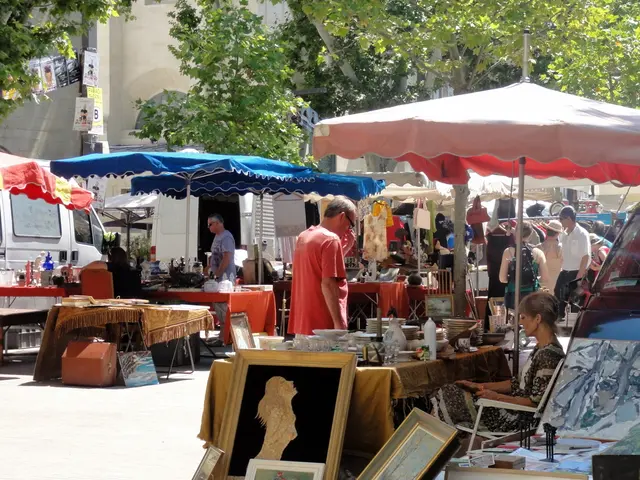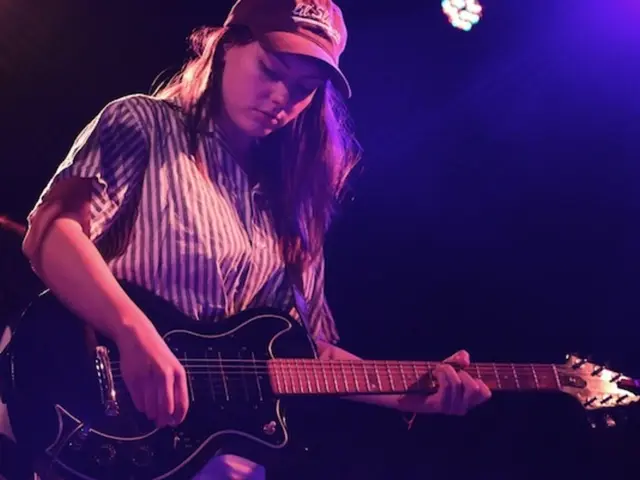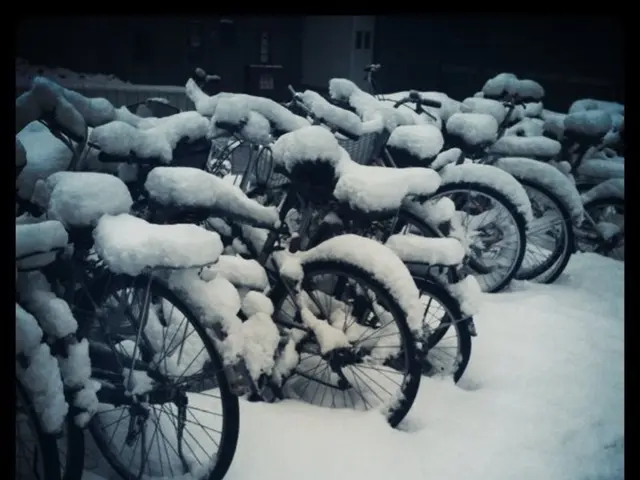Duke's enigmatic presence straddles the line between Gothic grandeur and scandalous chatter
David Bowie's Connection with the Gugging Artists and His Final Masterpiece
David Bowie, the iconic musician, passed away in 2016, leaving behind a rich legacy that continues to captivate audiences. One of the most intriguing aspects of Bowie's final years is his connection with the Gugging Artists in Austria, a group known for their unique and thought-provoking works.
In 1994, Bowie visited the House of Artists (formerly the Center for Art Psychotherapy) in Gugging, a visit facilitated by his friend Brian Eno and Viennese singer-songwriter André Heller. During his visit, he was particularly drawn to the works of August Walla, known for his wall paintings, and Oswald Tschirtner, famous for his 'home' drawings.
The Gugging House of Artists was not just a temporary inspiration for Bowie. In 2016, the David Bowie Centre was established, a branch of the London Victoria & Albert Museum. This centre houses 200 rotating exhibits and boasts 90,000 objects from Bowie's legacy.
Bowie's visit to Gugging significantly influenced his work. During his stay, he was working on the album '1. Outside' (1995) with Brian Eno. This album, a cumbersome yet smooth amalgam of jazz, rock, ambient, and industrial music, reflects the raw honesty and sometimes unsettling nature of the Gugging artists' works that Bowie found fascinating and sometimes frightening.
The Gugging artists' works were also exhibited at the Gugging House of Artists during Bowie's visit. This exposure not only enriched Bowie's artistic journey but also brought international recognition to the Gugging artists.
Bowie's final years were marked by a series of groundbreaking projects. Among them was his composition of his own requiem with 'Blackstar' (2016) and the development of the jukebox musical 'Lazarus.' The box set 'David Bowie: I Can't Give Everything Away (2002-2016)' was also released, guiding listeners through his entire discography. This comprehensive box set includes previously unreleased recordings, remixes, alternative versions, and a book.
The book in the box set features drawings, handwritten notes, and portraits by the Japanese photographer Masayoshi Sukita. Bowie's final years were also marked by an unfinished musical project titled 'The Spectator,' inspired by the London cultural scene in the 18th century and the eponymous daily newspaper.
Uwe Schuette, who has connections to the House of Artists, researched Ernst Herbeck, one of the few language artists among the Gugging residents. Schuette's work includes autobiographical interludes and thematic wandering, sometimes overly muscular associations, acknowledging the difficulty of drawing causal conclusions from work to biography, especially with a chameleonic artist like Bowie.
One of the most poignant connections between Bowie and the Gugging artists is rooted in their shared experiences. Bowie's half-brother, Terry, significantly influenced Bowie's cultural socialization but fell ill with schizophrenia in his early twenties and committed suicide in 1985. This tragic event caused Bowie to fear a similar genetic predisposition and use art as a means to keep abysses at bay.
Even in the realm of popular music, there are tributes to Bowie's enduring influence. In 2013, techno producer Pilocka Krach released a track titled 'David Bowie Will Never Die.' This title, a testament to Bowie's immortal impact, encapsulates the spirit of a man who, even in his final years, continued to push boundaries and inspire generations.






